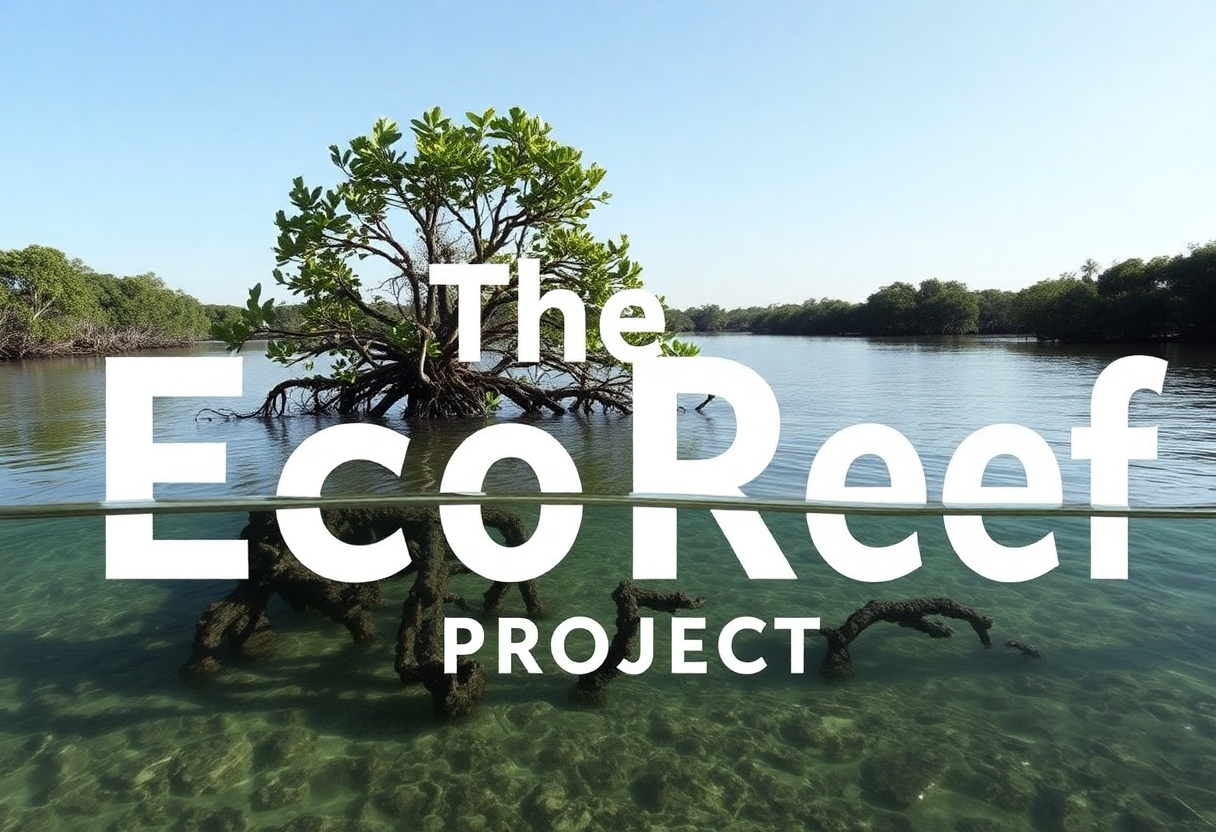EcoReef Invites You: Amplify Your Voice in Our Eco-Friendly Community!
Inviting Your Thoughts and Ideas
We are excited to announce that we are opening up our platform for you to share your thoughts and ideas.
Why We Want to Hear from You
Our community is the heart of our blog. Your insights, experiences, and perspectives enrich our content and create a vibrant, dynamic space. We believe that our voice and your voice matters in the idea of the environment, especially in our waterways and we want to hear what you have to say.
Guest Blogging at EcoReef
We believe in the power of sharing our knowledge, stories and experiences to benefit everyone. That’s why we’re thrilled to offer guest blogging opportunities on our platform.
What is Guest Blogging?
Guest blogging is when individuals who aren’t regular contributors or staff members write articles for our blog. It’s a fantastic way to share unique perspectives and experiences with our community.
Why Guest Blog?
Guest blogging allows you to share your insights, generate discussion, and connect with like-minded individuals. It’s also a great way to establish yourself as a thought leader in the fields of environmental conservation and sustainable living.
Who Can Guest Blog?
Anyone with a passion for nature, sustainability, and community can guest blog. Whether you’re an experienced writer or a novice looking to express your thoughts, we welcome your contributions.
How to Get Started
If you’re interested in guest blogging, reach out to us through our contact page or in comments.
We look forward to hearing from you and reading your unique insights!
What You’ll Be Blogging About
As a guest blogger on our platform, you’ll have the opportunity to share your insights and experiences on a variety of topics that align with our mission. You may be interested in some topics listed below or if you have others let us know.
Environmental Conservation: Share your thoughts on the importance of preserving our natural world, innovative conservation strategies, or personal experiences in conservation efforts.
Sustainable Living: Provide practical tips and advice on how to live a more sustainable lifestyle. This could include anything from waste reduction to energy efficiency.
EcoReef Projects: Discuss our ongoing projects, such as the use of heated plastics from waste plastic bags to bind timber and rubble to create land and water reefs. Share your thoughts on these initiatives or propose new project ideas.
Soil Erosion Control: Contribute your knowledge and experiences in soil erosion control. Discuss the challenges, solutions, and importance of this issue in maintaining healthy ecosystems.
Remember, the goal is to foster a respectful and constructive dialogue about these critical issues. We look forward to hearing your unique perspectives!
What We’re Looking For
We welcome thoughts on a wide range of topics. Whether you have insights about environmental conservation, tips for sustainable living, or simply a nature-related experience you’d like to share, we’re all ears.
How to Share Your Thoughts
To share your thoughts, simply leave a comment on our blog posts. We review all comments and look forward to reading your insights.
A Few Guidelines
While we encourage open discussion, we also ask that all comments remain respectful and constructive. We reserve the right to remove any comments that we deem inappropriate or offensive.
Our Community Guidelines
In our quest to foster a respectful and constructive community, there are certain topics and behaviors that we do not tolerate.
No Hate Speech: We firmly believe in the power of words. Therefore, any form of hate speech, including but not limited to derogatory comments about race, ethnicity, gender, or sexual orientation, will not be tolerated.
No Politics: While we understand the importance of political discourse, our blog is not the platform for it. We aim to focus on our shared love for nature and sustainability, and we find that political discussions can often detract from this goal.
No Religion: We respect all religions and belief systems. However, to maintain the focus of our discussions, we do not accept posts or comments centered around religious beliefs or practices.
We appreciate your understanding and adherence to these guidelines. By respecting these rules, we can ensure that our community remains a welcoming and enriching space for all. We will not accept anything that hurts any person or group on this blog.
Thank You!
We’re excited to hear from you and can’t wait to see the discussions that will unfold. Thank you for being a part of our community and for making this space a wonderful place to learn and grow together.
For more information contact us on [email protected] or visit Contact Us (ecoreefproject.com) or The EcoReef Project
#CommunityVoices #EcoReefDiscussions #SustainableLiving #NatureLovers #ConservationIdeas #YourVoiceOurBlog #EcoFriendlyThoughts #GreenIdeas




.png)
.png)

